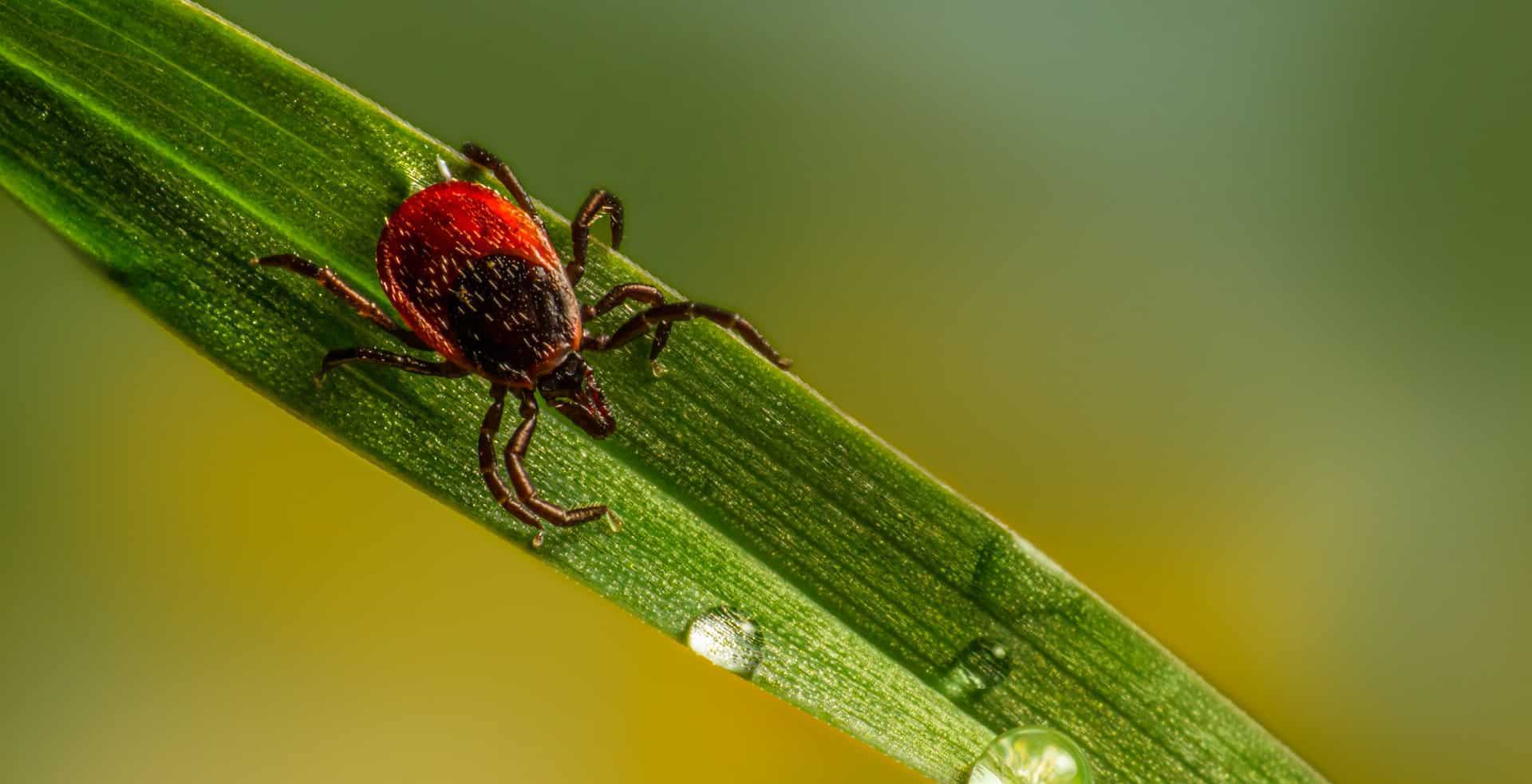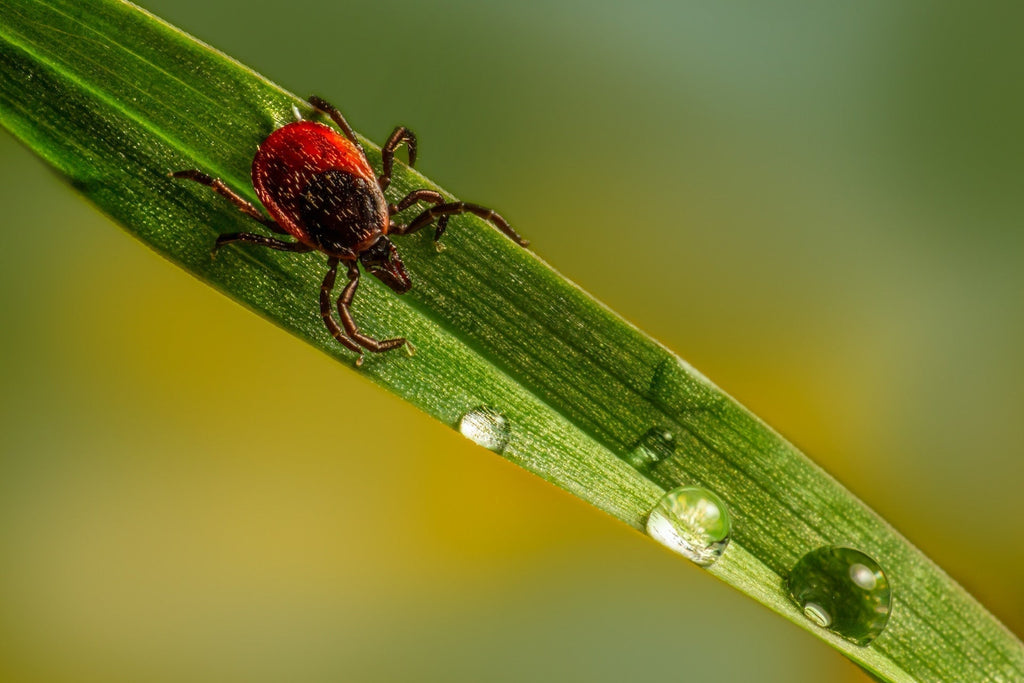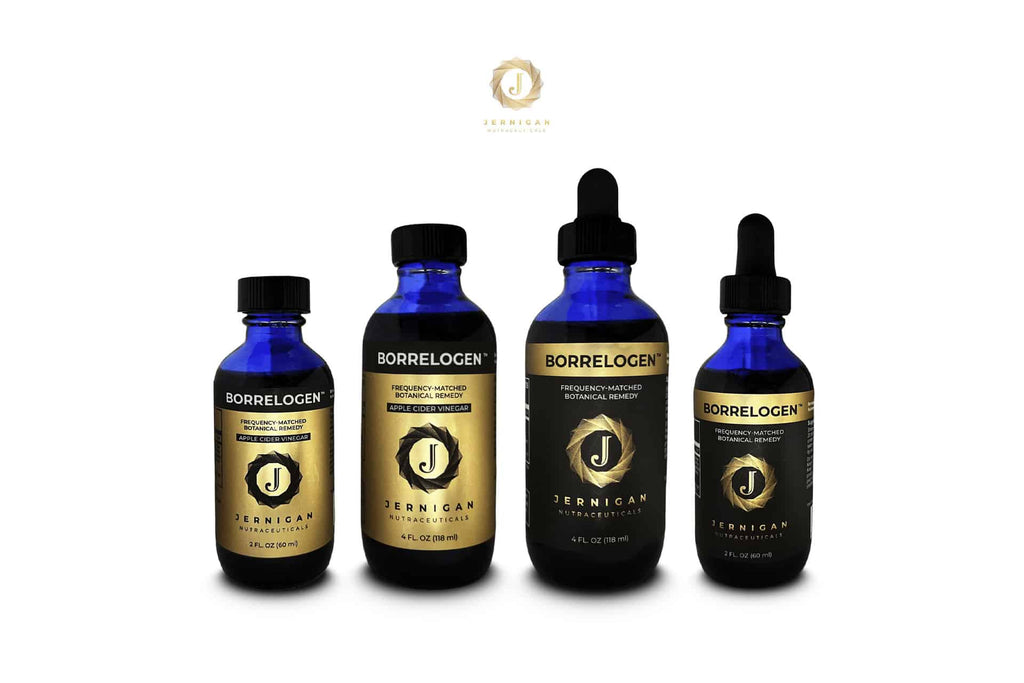
Understanding Lyme Disease: Symptoms, Tick Prevention, and Effective Treatment Strategies
In the past few decades, Lyme Disease has been on the rise and has become a significant public health threat, particularly in areas with abundant tick populations. This bacterial infection is transmitted through bites from infected black-legged ticks or deer ticks known as Ixodes scapularis. The onset of symptoms can be hard to catch since they are usually mild at first and often ignored until the disease has progressed. It’s essential to understand how this illness starts so that people know what measures to take for prevention, early diagnosis, and effective treatment strategies – which we will talk about extensively in this article.
Common symptoms of Lyme Disease
Lyme disease is a bacterial infection that affects humans and animals worldwide. If left untreated, this illness can cause severe health complications such as joint pain, heart palpitations, and memory loss. Common symptoms of Lyme disease include fever, fatigue, headaches, muscle aches, and swollen lymph nodes.
The hallmark symptom of the infection is a circular rash resembling a bullseye called erythema migrans (EM), which appears around the tick bite's location.Symptoms of Lyme disease usually develop one to two weeks after being bitten by an infected tick; however, some people may not show signs for several months or years after transmission.
Early diagnosis is critical since prompt treatment with antibiotics can effectively cure most cases within weeks' time. Still, delaying treatment can lead to chronic forms of the condition where patients may experience recurring symptoms for months or even years after initial exposure to the bacteria.
Therefore it's important people understand the common signs and seek medical evaluation if they suspect they have been exposed to ticks carrying infectious bacteria leading to Lyme Disease infections could occur in their bodies.
The importance of tick prevention
Tick prevention is essential for several reasons, with one being the decrease in reported cases of tick-borne diseases such as Lyme Disease. Since ticks are carriers of various pathogens that can cause illnesses like Rocky Mountain spotted fever, tularemia and Anaplasmosis, preventing tick bites reduces the risk of contracting these ailments. The effects of these infections may range from mild to severe symptoms requiring hospitalization or even leading to chronic conditions like arthritis later on.
Another critical reason for tick prevention is avoiding frequent trips to the doctor's office and the rising cost of medical bills. Prevention measures such as wearing long-sleeved clothing while engaging in outdoor activities, checking your body carefully after exposure to grassy or wooded areas - before taking a shower - using insect repellent sprays /lotion containing DEET are very effective ways because they minimize contact with infected ticks thus reducing their biting incidences significantly..
Families need never underestimate how much harm a single bite can do or dismiss early warning signs because it could mean early diagnosis which can be life-saving! It’s important always accurately monitor pets who also play significant roles since they often bring unwanted pests home who spread pretty quickly throughout residences especially carpeted floors. Ultimately everyone should familiarize themselves with this illness as well as employ preventive measures effectively so that we keep and educational mind-set assuring personal safekeeping along our communities too!
Tick-borne illnesses and their geographical distribution
Tick-borne illness refers to any disease that is transmitted by ticks. While there are many different types of tick-borne illnesses, Lyme disease is one of the most common and well-known. The geographical distribution of tick-borne illnesses varies greatly depending on several factors such as climate, habitat, migratory patterns, and animal populations. In general, areas with high humidity have a higher incidence of tick-borne diseases.
Common regions for these diseases worldwide include the United States (Northeastern states), Europe (Central and Eastern European countries), Asia (China, Russia) Africa - Sub-Saharan region.It's essential to take preventative measures when living in or visiting areas where ticks thrive – like tall grasses or wooded areas – regardless if Lyme disease has been reported in your location or not.
Ticks can be evasive so even taking appropriate preventive measures cannot always guard against contracting a tickborne infection; regular surveillance after potential exposures could additionally help detect early symptoms before it becomes serious illness...
Early detection through familiarizing oneself with signs and symptoms associated with various neglected infections would also advise prompt clinical management for improved health outcomes among those infected in affected regions under consideration.
The link between Lyme Disease and chronic health issues
Research suggests that people with Lyme disease may experience chronic health issues even after successful treatment. This is often referred to as Post-Treatment Lyme Disease Syndrome (PTLDS), which affects up to 20% of patients who receive antibiotics for the bacterial infection.
The exact cause of PTLDS is not yet fully understood, but it is believed to be related to a persistent immune response or lingering bacteria in the body.Chronic health issues associated with Lyme disease and PTLDS can include fatigue, joint pain, cognitive difficulties, and even depression or anxiety. These symptoms can be severe enough to impact daily life and require ongoing medical care.
It’s important for individuals who have been diagnosed with Lyme disease or suspect they may have it to seek timely treatment from a healthcare professional and continue monitoring their symptoms afterwards. By understanding the potential long-term effects of this illness, we can help prevent chronic health problems down the line.
Traditional and alternative treatment options for Lyme Disease
Traditional treatment options for Lyme Disease usually involve the use of antibiotics such as doxycycline, amoxicillin, or cefuroxime axetil. These medications are often prescribed for a few weeks to kill off the bacteria responsible for causing the infection.
Although antibiotics can help treat and manage Lyme disease symptoms, they may also cause some side effects like allergic reactions or gastrointestinal issues.In contrast, many people with Lyme disease are turning towards alternative treatments that focus on improving overall immune system health and reducing inflammation in the body.
Some popular options include herbal remedies like Japanese knotweed and cat's claw. Acupuncture has also gained popularity among patients as it helps alleviate pain and other symptoms associated with Lyme Disease.
While there is limited scientific evidence regarding alternative treatments' effectiveness against this bacterial infection, these therapies have proven to be helpful to several individuals suffering from chronic Lyme disease symptoms resulting from inadequate traditional antibiotic regimens.
Whichever treatment option one chooses; early detection and prevention remain critical strategies for managing this potentially devastating illness effectively.
The controversy surrounding chronic Lyme Disease
Chronic Lyme Disease is a controversial topic within the medical community due to conflicting opinions on its existence and treatment. Some physicians believe that the current standards for diagnosing and treating Lyme Disease are inadequate, resulting in chronic symptoms in some patients. Others argue that Chronic Lyme Disease does not exist as a separate condition from regular Lyme Disease.
The controversy surrounding Chronic Lyme Disease stems from several issues, including inconsistent diagnostic criteria, lack of reliable testing methods, and limited scientific research. Additionally, advocacy groups and patient testimonials advocating for long-term antibiotic treatments have contributed to the debate. As a result, there is disagreement among medical professionals about appropriate treatment plans for those with persistent symptoms after standard antibiotic therapy.
Given the ongoing dispute concerning Chronic Lyme Disease diagnosis and treatment protocols, patients seeking help for persistent symptoms may face challenges finding supportive care tailored to their needs. Nevertheless, it's vital to raise awareness about Lyme disease prevention measures while respecting differing professional opinions regarding effective management strategies.
Tips for living with Lyme Disease
1. Living with Lyme Disease can be challenging, but taking necessary precautions can greatly improve the quality of life of those affected. Here are a few tips to help cope with Lyme Disease:1. Avoiding tick bites: Preventing exposure to ticks is critical in warding off the possibility of contracting Lyme disease. Wearing protective clothing, using tick repellent products, and staying on well-worn paths when hiking or walking through tall grassy areas are effective preventative measures.
2. Seeking prompt treatment: Early diagnosis and initiation of antibiotic therapy enhance the chances for full recovery from the disease, as it may not always present itself with typical symptoms at first.
3. Maintaining mental wellness: It's essential to manage stress levels that often arise due to chronic illness by connecting with support groups and participating in activities that bring joy and positivity into one's life. Meditation techniques such as deep breathing exercises while focusing on relaxing tranquil settings also help manage anxiety symptoms related to Lyme Disease.
By being mindful about managing their daily habits while incorporating these preventive measures mentioned above, individuals living with Lyme or other tick-borne diseases will increase their ability to effectively cope physically as well emotionally until better detection methods are widely available, making them less vulnerable towards long-term health conditions associated with prolonged symptomatic infections such as arthritis or neurological issues affecting cognitive function loss over time - which highlights why we need further education surrounding this topic so people know what strategies work best!
APRIL 12, 2023
By Apr 27, 2023
By Apr 17, 2023
By Apr 12, 2023
By Apr 03, 2023
By Apr 03, 2023
By Oct 03, 2022
By Oct 01, 2022
By Sep 30, 2022
By Mar 12, 2019
By Mar 11, 2019










